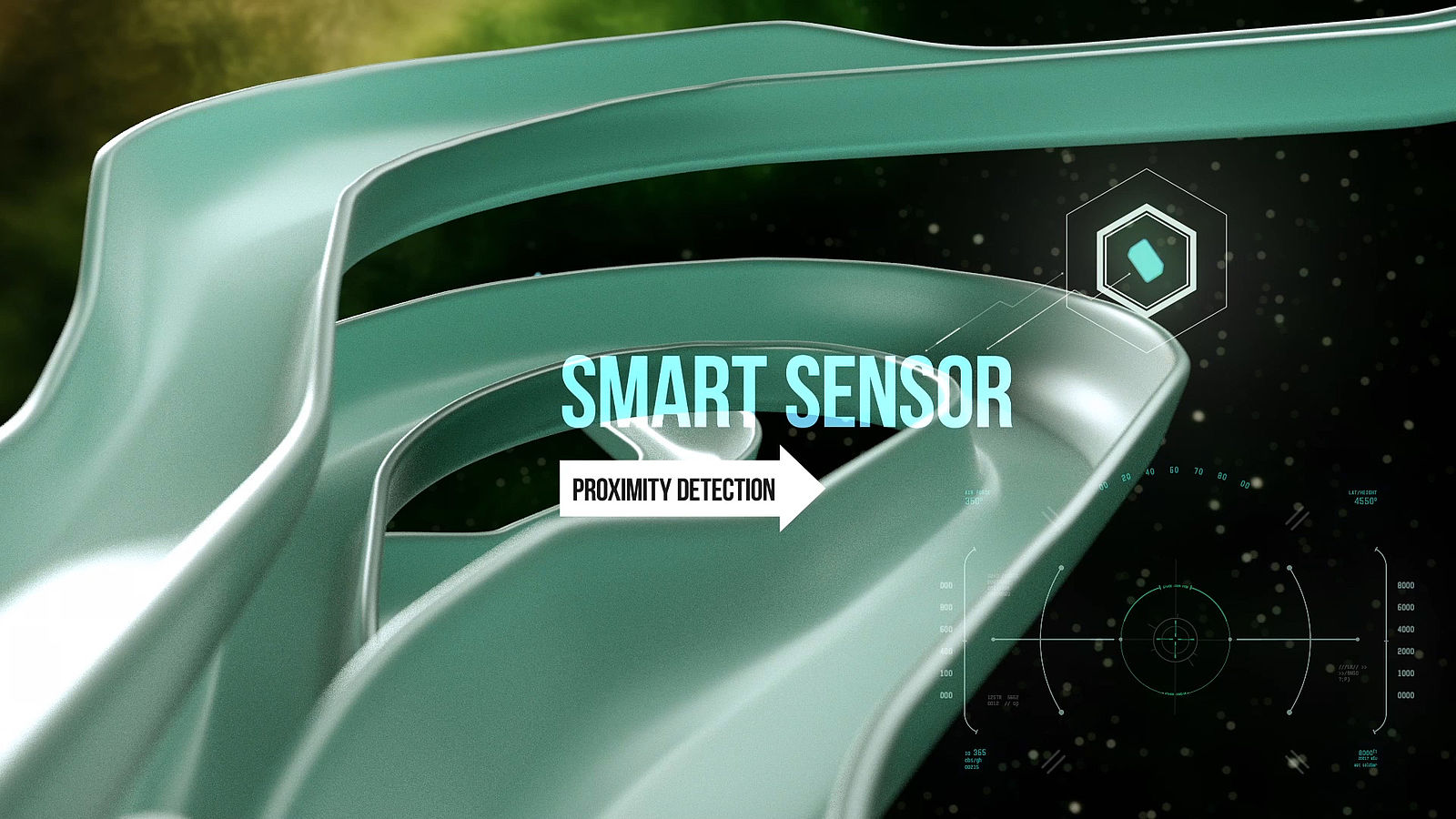
Virtual reality (VR)-enhanced roller coasters that keep fans at the edge of their seats are not a new concept. Visitors aboard the Superman: Ride of Steel coaster at Six Flags in Maryland have been immersing themselves in the superhero’s world since 2016, while those aboard Cedar Point, Ohio’s suspended Iron Dragon ride have been dodging ogres and orcs since 2017. But given that water does not bode well for the sensitive VR electronics, the experience has been harder to offer for water slides. That, however, changed recently with the opening of the Space Glider, the world’s first VR water slide.
Located at Europe’s biggest water park, the Galaxy Erding in South Germany, the ride takes the exciting experience to a whole new level by offering thrill-seekers the choice of three fascinating worlds – Space, Sky, or Snow. By simply strapping on a headset, riders can glide through a magical alien world, follow beautiful butterflies around floating islands, or immerse themselves in a white winter wonderland. To make the experience even more heart-stopping, the 160-meter (520-ft)-long ride that lasts about 35 seconds has two uphill tracks that provide a roller coaster-like journey.

While the tire slide, which has been successfully tested by almost 10,000 park goers since it opened in February 2018, is impressive, the technology behind it, developed by California startup Ballast, is even more so. The specially-created waterproof headsets can be submerged without harming the delicate Samsung Galaxy S8 mobile devices, which run the custom software for the VR experiences. The headsets also charge wirelessly, allowing park operators to seamlessly swap out sets throughout the day.

The biggest challenge the company faced, however, was providing an optimal VR experience for everyone. That’s because unlike roller coasters, where the speed is fixed for all riders, water slide speeds vary depending on the weight of the person. To overcome the issue, Ballast installed smart sensors in strategic areas along the slide to keep track of the rider’s progress at all times. The information, conveyed via the headset, allows the custom software to adjust his/her location within the virtual world accordingly, making for a smooth, motion-sickness free ride for all.

Though Ballast is thrilled at Space Glider’s success, the company has bigger aspirations. They want to create an experience where guests will be able to swim underwater amid pods of virtual dolphins, whales, and even sharks – without having to wear the clunky headsets!
Resources: Theverge.com, ballastvr.com, roadtovr.com,vrscout.com
